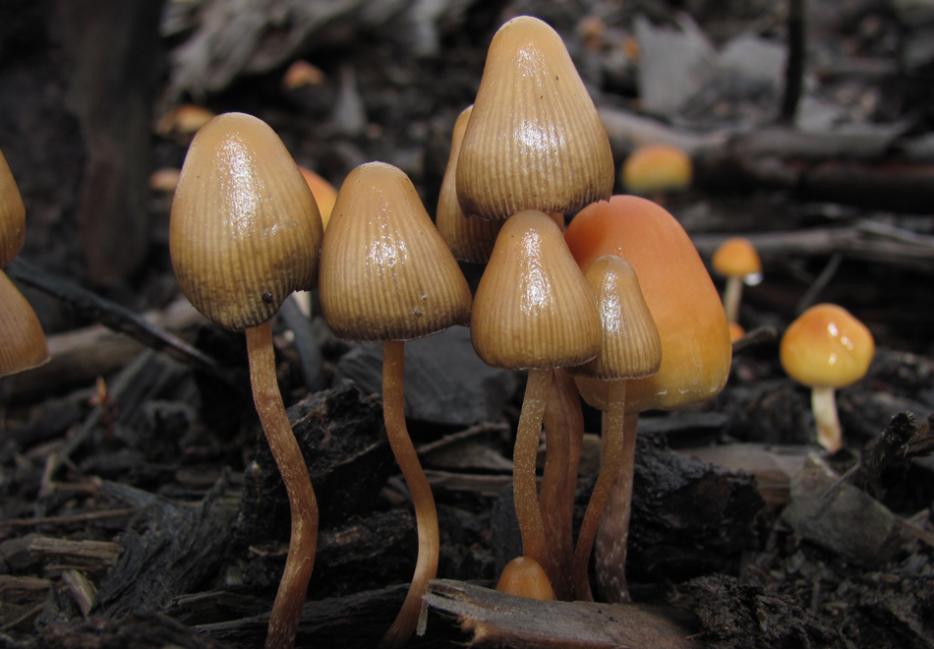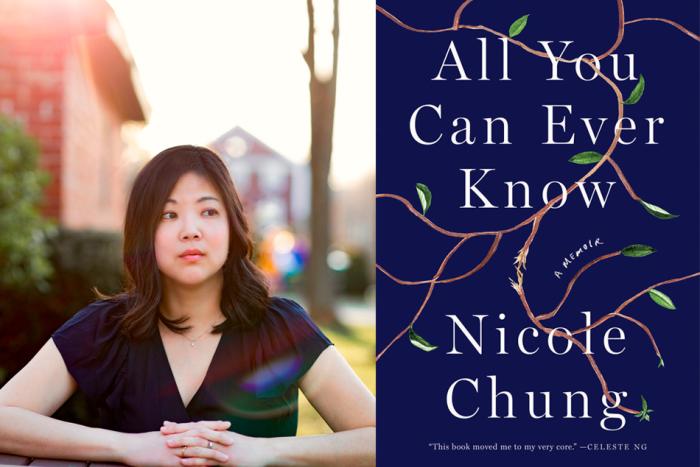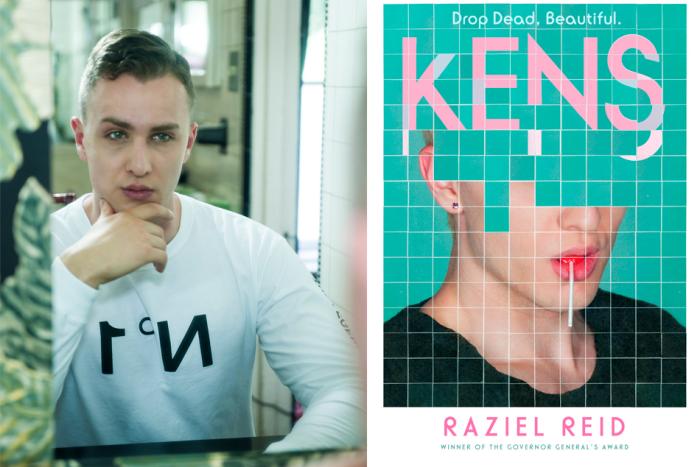The shepherd of psychedelic mushroom research was a woman.
She wasn’t the first to harness their medicinal power or, in the word of the casual western psilocybin enthusiast, their “magic.” But she was the first to share their secrets with the west. Before hippies, before Tim Leary advised his disciples to turn on, tune in and drop out, and before a photo essay titled “Seeking the Magic Mushroom” appeared in 1957’s Life magazine, there was María Sabina.
A Mazatec curandera, a shaman, Sabina lived in a secluded mountain village in Oaxaca, and used the long-stemmed mushrooms that dotted her mountainside to heal the sick. Her work honored a centuries long relationship with psychedelic mushrooms that stretched back to the Aztecs and Mayas, as far as we know with certainty, and likely even further, based on interpretations from prehistoric cave paintings.
Sabina had performed the velada mushroom ceremony for more than thirty years when an eccentric New York banking executive from JPMorgan named R. Gordon Wasson arrived at her mud hut’s door. It was 1955.
Uneasy at first, the caretaker ultimately welcomed the peculiar foreigner: to watch, to partake, to seek the divine healing that her ancestors’ mushrooms could yield.
Astonished by the mushroom’s power, Wasson returned to Mexico again, and again. Life published full page images of Sabina, her name changed to Eva Mendez in the magazine’s text, preparing the mushrooms, handing them to Wasson, and wrapping her arms around her son Aurelio, under the mushroom’s effect, as he lay on a mat on the floor.
The article got the attention of Albert Hofmann. Wasson brought samples to Hofmann, the Swiss chemist who first synthesized LSD in 1943. Hofmann isolated the active alkaloid, calling it psilocybin, for distribution by Sandoz Laboratories, and Tim Leary picked up the scent. The rest is psychedelic history.
But Sabina’s name is often dropped from this narrative. “She is the reason we have psilocybin research right now,” says Katherine MacLean, a former research scientist who spent close to half a decade working with psilocybin. “But I don't hear many of the researchers paying appropriate respect and thanks to María Sabina. Every single time they speak, that name should be spoken.” Even now, as a renaissance of psychedelic research swells, she is all but forgotten. Forgotten too is the horrific fate she suffered for revealing the mushroom’s secrets to foreigners: Local government federales arrested and imprisoned her, burned her home to the ground, and murdered her son. She died destitute and alone.
*
Psychedelic science is a niche discipline with its origins in 1950s universities and 1960s counterculture. Above-ground psychedelic research re-opened in the early ‘90s, but the field remained small. Only the last fifteen years can be considered a true, burgeoning revival. Since 2002, the U.S. government has approved twenty-six clinical research studies exploring the physiological and therapeutic effects of psilocybin, MDMA, LSD and ayahuasca. Scientists in the field argue that psychedelics can be a boon for effective mental health treatment: for the critically ill and dying, for recovering alcoholics, for veterans suffering PTSD, for adults with autism hampered by social anxiety, and for many more.
Read any article on psychedelic research published in recent years, and you’ll meet plenty of scientists triumphed as new revolutionaries. They are almost exclusively white and male.
One of those men is my dad, Charles Grob, a child psychiatrist at Harbor-UCLA who has led and published studies on psilocybin, MDMA and ayahuasca since 1992. I grew up on the periphery of this semi-radical community, attending panels, lectures and seminars to support him. I’ve sat in venues—ballrooms inside sterile hotels, conference rooms inside fluorescent-lit hospitals, living rooms inside enterprising psychonauts’ bungalow-style homes, nestled into the hills of Laurel Canyon—and listened to white men speak about sacred plants and compounds for the better part of my thirty-one years.
It wasn’t until I attended Psychedelic Science 2017, a massive meeting in Oakland that attracted over 2,500 psychedelic researchers and enthusiasts, that I had the opportunity to hear women in the field speak en masse. On the first day of the conference, I eagerly counted the number of women giving presentations: 48 of 119.
This almost-parity shouldn’t be a shock: Women are not newcomers to the field. They’ve always been here, treating the same subjects as their male colleagues and co-authoring the same papers all along. Still, recognition and acclaim for their accomplishments has long been muted. Betty Eisner pioneered LSD treatment for alcoholism at UCLA in the 1950s alongside colleague Sidney Cohen. But The New York Times honored Cohen’s legacy with an obituary after his passing, while Eisner received no such honor after hers. Joan Halifax led research on LSD’s therapeutic role for the dying at famed retreat center Esalen in the 1970s alongside then-husband Stan Grof. Grof is considered a father of LSD research; Halifax’s involvement is something of a footnote.
But something is changing. In 2017, women were not simply a growing faction within a growing movement—they were leading the charge, both increasingly as principal investigators on clinical studies, and as champions for social progress. And they’re refusing to be made invisible by their male colleagues, speaking out against inequity and lack of representation, and submitting study protocols in record numbers.
*
Many psychedelic studies today are conducted at university hospitals—Johns Hopkins, New York University, Purdue University, to name a few. “There's a strong component of sexism that's built into these conservative institutions,” says MacLean, who worked for four years as a lead researcher and session guide on The Johns Hopkins Psilocybin Research Project team. “You can imagine [the standards] might've been established by men who didn't have to take care of children.”
After watching a female colleague endure excessive bleeding triggered by returning to work one week after giving birth, MacLean chose to make a change. She left Hopkins and cofounded the Psychedelic Program at The Center for Optimal Living in New York. The program, which consists of a team of clinical psychologists and harm reduction specialists, focuses not on administering psychedelics in a research setting, but on integrating past psychedelic experiences in a therapeutic context. “I was one of the only women researchers [in psychedelics],” she says of leaving the research world behind. “I felt like I was letting some of my female colleagues down.”
Because the number of women in psychedelic research has been, until now, a minority, survival has hinged on mentorship and commiseration. “[They’ve] seen it all before,” says MacLean. Among her mentors, MacLean cites Mariavittoria Mangini, a nurse family practitioner and cofounder of the Women’s Visionary Congress.
The WVC is a nonprofit open to all genders, but built as a platform for amplifying the voices of women in psychedelics. Its existence derived from necessity, says Mangini.
She points to a 2006 psychedelics conference in Basel commemmorating the 100th birthday of Albert Hofmann, the chemist celebrated for first synthesizing LSD (and for identifying the active alkaloid in María Sabina’s magic mushrooms). Among 75 presenters, Mangini was one of five women invited to speak. WVC formed out of the ensuing outrage.
“You have to take power,” says Mangini. “People don't give it to you.”
Subtle sexism has long permeated not only academia, but also the psychedelic movement’s small corner of social history. “Women had a really subordinate place,” says Mangini of the ‘60s counterculture. She hung out at Millbrook during Tim Leary’s extended psychedelic residency, assisted psychedelic pioneers like Halifax and Grof at Esalen, and operated “freakout tents” at Grateful Dead shows, helping Deadheads come down from bad trips. Every step of the way, she says, she and women like her labored to make their voices heard.
The standard makeup of cotherapy teams is another oft-articulated concern: Unofficial protocol from the ‘60s dictates that psychedelic research teams consist of a man and a woman. It’s no wonder, then, that counterculture sexism trickled into counterculture-inspired research, research conducted in conservative institutions like the one MacLean left. Mangini’s seen far too many women take a backseat to their male co-investigators when it comes to presentations and authorship order.
Despite the entrenched sexism that academia far too often embodies, and despite psychedelics’ lack of inoculation against it, Mangini is hopeful. “Women assume that they have a place at the table, and that their voices and their work are going to be regarded at par with the work of their male colleagues. So I feel like we've kind of won that battle.”
*
A historical lack of visible women is one part of what many in the field feel is the larger problem: Psychedelic research lacks diversity. One need only scan the lobby inside the Oakland Marriott during Psychedelic Science’s opening day buffet for proof of its overwhelming whiteness—not only of who’s running the show, but the vast majority of who’s watching it, too.
This imbalance shouldn’t come as a surprise either. Psychedelic research bears a long history of whitewashing, reaching back to María Sabina’s erasure, if not further.
“[White] women have been the first in the gate of inclusiveness,” says Janis Phelps, who’s worked to secure diversity scholarships to the psychedelic therapies and research program she oversees at California Institute of Integral Studies (CIIS). “I feel a great charge from this particular kind of work to bear a pathway, and bring people of color, LGBTQ populations, gender fluid populations, indigenous peoples who need a voice at the table into the room.”
Twice during the conference, LisaNa Macias Red Bear, a Native American mental health specialist and community educator, takes the microphone in the main ballroom. “What I want to say is that cultural appropriation [of plant medicines] is a form of re-traumatization to indigenous people,” she says during a Q&A, as reported by The New York Times (which did not include her name, describing her instead as “a woman with dark hair and dark sunglasses” who “identified herself as ‘an indigenous person’”). “I’m asking for everyone here to just be accountable for your own white privilege.”
At a lunch with the nine-person clinical staff—of which eight are women—behind the Multidisciplinary Association for Psychedelic Studies (MAPS), perhaps the most public-facing psychedelic research nonprofit out there, clinical study associate Allison Wilens says, “When we talk about progress, we should be talking about power…We should be talking about institutional access. [...] The more we can open the doorways for people of different backgrounds to be in the room, the stronger the work will be, and being able to maintain that is what will allow us to sustain progress.”
*
I met Katie Stone at WVC’s daylong workshop, led by Mangini, at the tail end of Psychedelic Science. By chance, we’re seated next to each other. And by observation, we’re among the younger women in the room, the audience for a small series of self-identified hippies telling the tales of their first trips. When I tell Stone that I’m writing a story on women in psychedelic research, her eyes widen. This, she says, I’ll want to hear.
A PhD candidate at CIIS and board member of Students for Sensible Drug Policy, Stone leapt to volunteer at the conference’s registration table. But when she spotted one of her research heroes and approached him to introduce herself, another man cut her off—then placed his hand on Stone’s stomach, and pushed her away.
I talk to her again about the incident several months later. It’s stuck with her, but she’s gleaned a silver lining. “I thank him for that experience. I will never again step aside for a man.”






